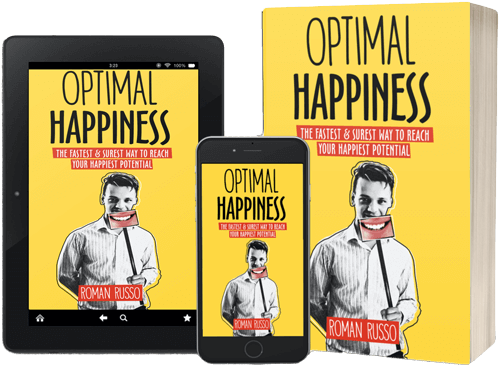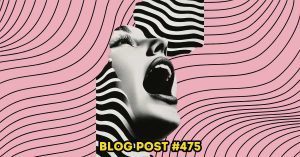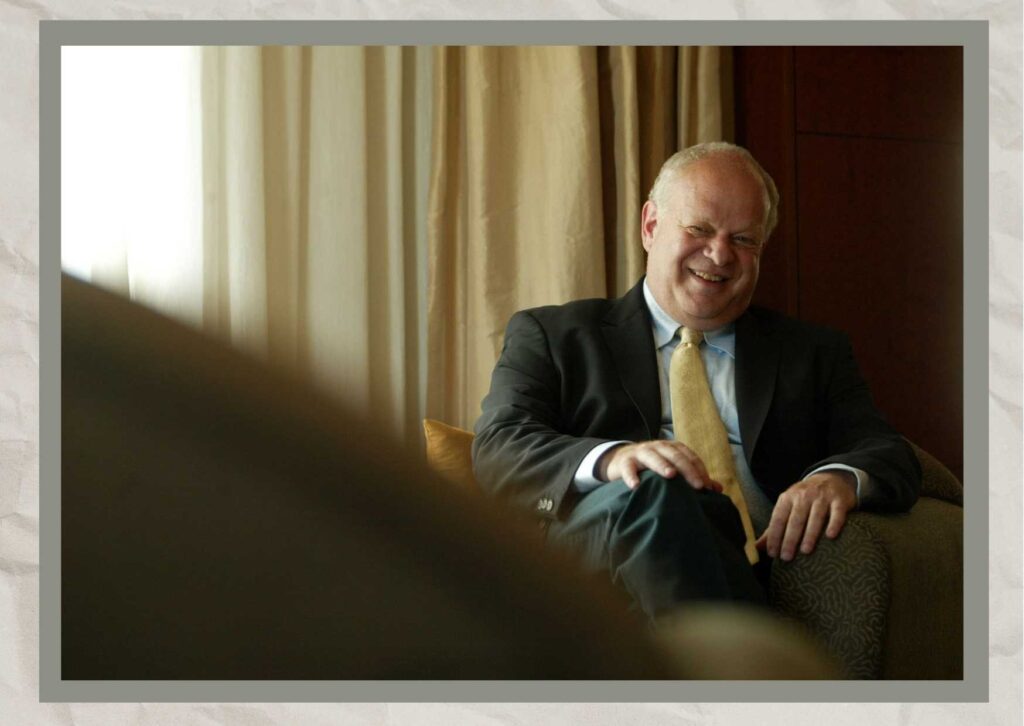
Martin Seligman is considered to be the father of positive psychology. As a pioneer, Seligman has paved the road for future research in this field. He has written extensively on the topic of happiness and has developed several theories on how to achieve it.
In this article, we will explore the must know facts about Martin Seligman, his life, work, and his main contributions to the field of psychology and positive psychology.
What is Martin Seligman Best Known For?
It will come as no surprise to most people that Martin Seligman is best known for his work on happiness and founding the positive psychology movement. However, Seligman has also made significant contributions to the field of abnormal psychology.
For example, he developed the “learned helplessness” theory, which has helped to explain why some people become depressed even when they have no apparent reason to be unhappy.
Seligman’s work has had a profound impact on our understanding of happiness and human behavior. Thanks to him, we now know much more about what makes us happy and how we can achieve it.
Life & Work of Martin Seligman
Martin Seligman was born in Pennsylvania in 1942. He studied psychology at the University of Pennsylvania, where he earned his Ph.D. in 1967. After graduation, Seligman began teaching at the University of California, Berkeley. It was during this time that he developed an interest in positive psychology, which is the study of happiness and well-being.

The Father of Positive Psychology
The positive psychology movement is a relatively new development in the field of psychology. It focuses on studying what makes people happy and how to encourage positive emotions and behavior. Martin Seligman is often credited as the father of positive psychology.
Positive psychology is important because it can help us to understand and pursue happiness. Additionally, it can provide valuable insight into how we can overcome challenges and thrive in difficult circumstances.
Martin Seligman developed positive psychology in order to address what he saw as a major problem in the field of psychology. Specifically, he felt that psychologists were too focused on studying mental illness and not enough on promoting mental health.
Seligman believed that by understanding what makes people happy, we can create a more positive and productive society. Additionally, he hoped that positive psychology would provide valuable insight into how to overcome challenges and thrive in difficult circumstances.
Happiness According to Martin Seligman
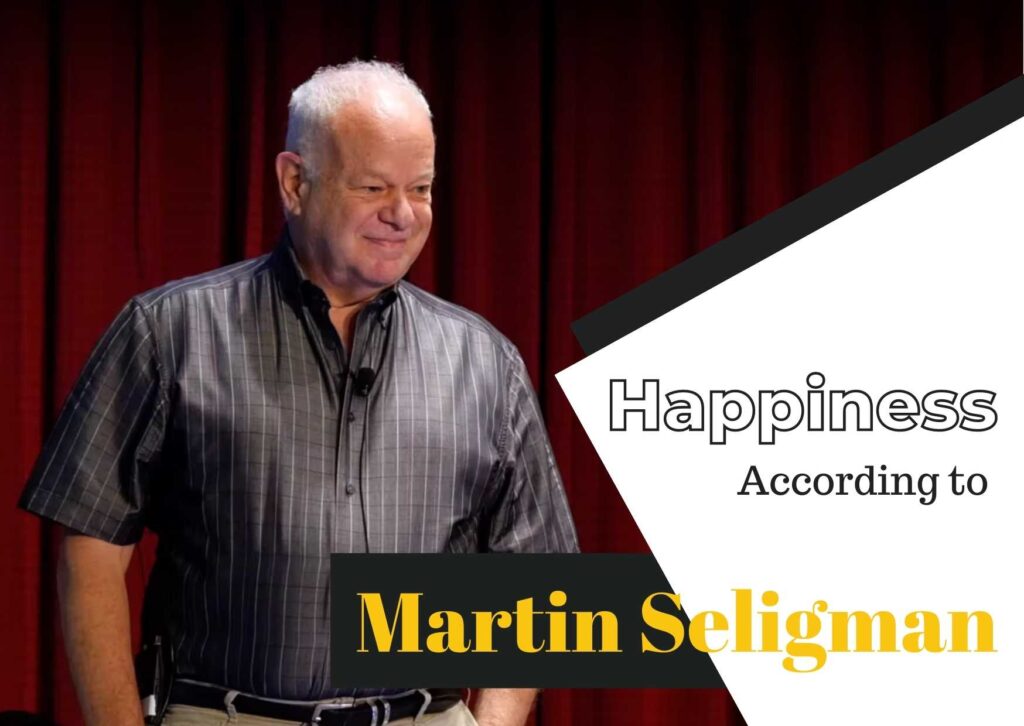
Seligman’s work has helped to change the way we think about happiness. He has shown that happiness is not simply a matter of good fortune or circumstance. Rather, it is something that we can actively pursue and cultivate in our lives. Additionally, Seligman’s work has important implications for how we understand and treat mental illness.
The Three Types of Happiness
Martin Seligman’s work on happiness led him to develop the “authentic happiness” theory, which posits that there are three main types of happiness:
- Pleasure is the simplest form of happiness and refers to feelings of enjoyment and contentment;
- Engagement is a more active form of happiness, characterized by feelings of flow and absorption in an activity; and
- Meaning comes from a sense of purpose and is often found in activities that are larger than oneself.
What is Learned Helplessness?
Learned helplessness is the belief that one cannot change or improve their circumstance, even if they want to. This can lead to depression, as it feels like there is no hope for a better future. Seligman’s work on learned helplessness has helped to explain why some people become depressed even when they have no apparent reason to be unhappy.
What is “Flourishing”?
In his book Flourish, Martin Seligman defines flourishing as “a positive state in which people experience ongoing psychological and spiritual growth, feel fulfilled by their work and play, and enjoy close relationships.”
The five elements of flourishing are:
- Positive relationships,
- Positive emotions,
- Engagement,
- Meaning, and
- Accomplishment.
By understanding and pursuing these five elements, we can lead happier and more fulfilling lives.
Books by Martin Seligman
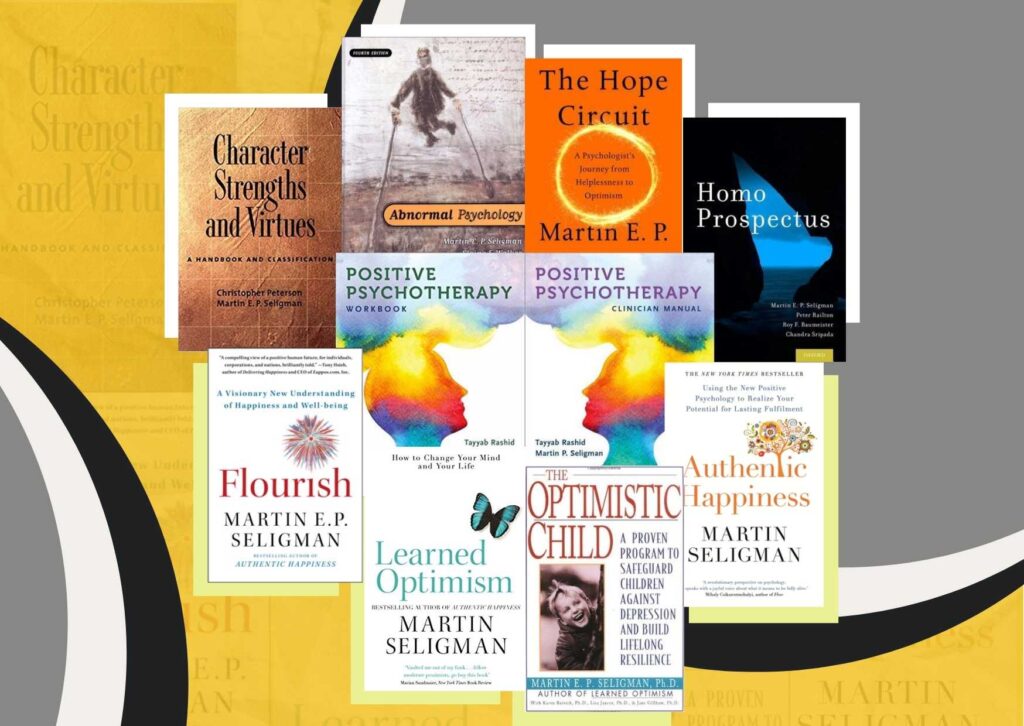
Martin Seligman has written many books on happiness, positive psychology, and related topics. Some of his most famous titles include “Abnormal Psychology”, “Flourish”, and “Learned Optimism”.
In Abnormal Psychology, Seligman discusses the causes and treatments of mental disorders. In “Flourish”, he outlines his theories on how to achieve a meaningful and fulfilling life. Finally, in “Learned Optimism”, Seligman explains how our beliefs about ourselves can impact our happiness levels.
In Flourish, Seligman outlines his theories on how to achieve a meaningful and fulfilling life. He discusses the importance of positive relationships, positive emotions, engagement, meaning, and accomplishment. By understanding and pursuing these five elements, we can lead happier and more fulfilling lives.
In Authentic Happiness, Seligman provides readers with a comprehensive guide to finding happiness. He discusses the different types of happiness, how to overcome obstacles to happiness, and how to create a happy life.
Finally, in Learned Optimism, Seligman explains how our beliefs about ourselves can impact our happiness levels. He suggests that we can learn to be happier if we believe that we have control over our lives. This book provides readers with practical tools for changing their thinking patterns and improving their wellbeing.
List of other books include:
Character Strengths and Virtues: A Handbook and Classification
Positive Psychotherapy: Clinician Manual
Positive Psychotherapy: Workbook
Read more:
